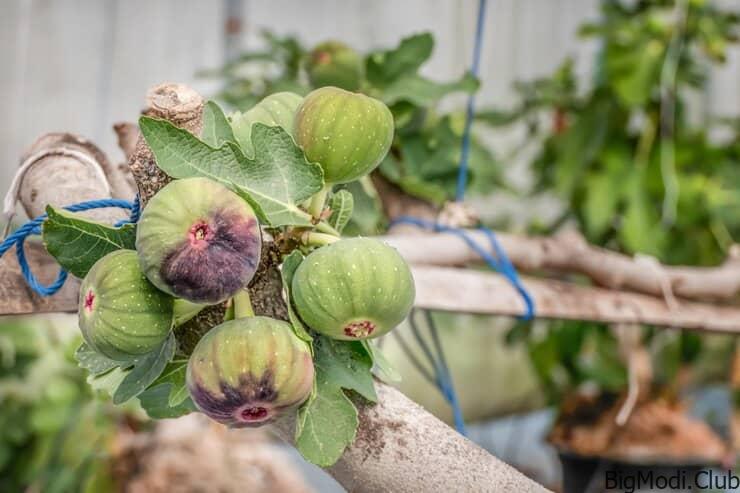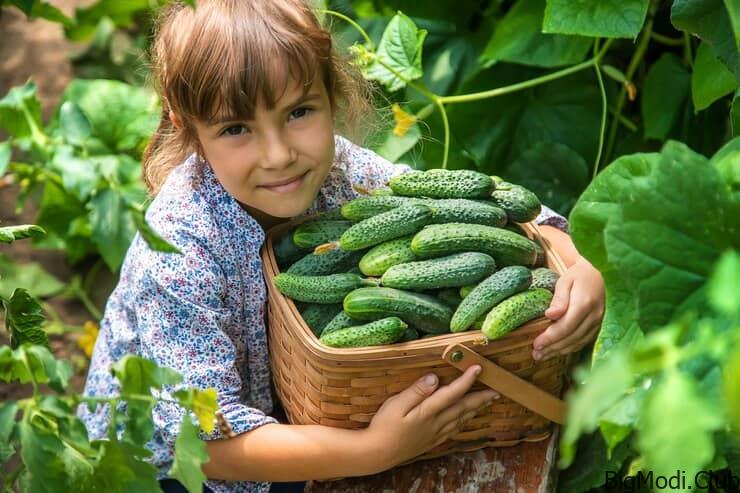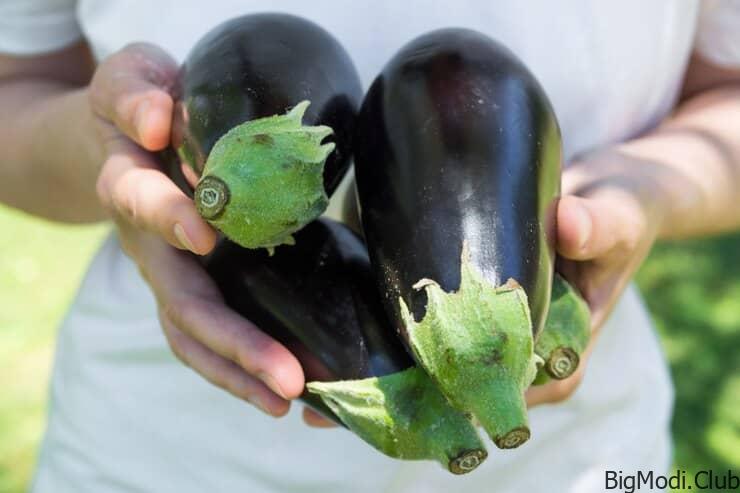Growing cowpeas in soil bags has emerged as a revolutionary method for small-scale farmers and urban gardeners seeking high yields with minimal space. This innovative technique offers numerous advantages, including better control over soil quality, efficient use of space, and ease of management. In this comprehensive guide, we delve into the intricacies of cultivating cowpeas in soil bags, providing detailed insights into each step to ensure bountiful harvests.
Why Choose Soil Bags for Growing Cowpeas?
The use of soil bags for growing cowpeas is gaining popularity due to several compelling reasons:
- Space Efficiency: Soil bags allow for the efficient use of limited space, making them ideal for urban gardens and small farms.
- Soil Control: They enable precise control over soil composition, ensuring optimal growing conditions.
- Mobility: Soil bags can be easily moved to take advantage of sunlight and avoid adverse weather conditions.
- Pest and Disease Management: Growing in soil bags reduces the risk of soil-borne pests and diseases.
Selecting the Right Soil and Bags
Choosing the Right Soil
The foundation of successful cowpea cultivation in soil bags lies in the choice of soil. Cowpeas thrive in well-drained, fertile soil with a pH between 5.5 and 6.5. For optimal growth, consider the following soil components:
- Loamy Soil: A mix of sand, silt, and clay that provides good drainage and nutrient retention.
- Organic Matter: Compost or well-rotted manure enhances soil fertility and structure.
- Perlite or Vermiculite: These additives improve soil aeration and drainage.
Selecting Suitable Bags
Soil bags come in various sizes and materials. The ideal bags for cowpeas should have the following characteristics:
- Durability: Choose heavy-duty bags made from UV-resistant, breathable fabric.
- Size: Bags with a capacity of 10 to 20 gallons are suitable for cowpeas, allowing sufficient root space.
- Drainage: Ensure bags have adequate drainage holes to prevent waterlogging.
Planting Cowpeas in Soil Bags
Preparation
- Fill Bags with Soil Mix: Fill your soil bags with the prepared soil mix, leaving about 2-3 inches from the top.
- Moisten the Soil: Water the soil thoroughly to ensure it is evenly moist but not waterlogged.
Sowing Seeds
- Seed Selection: Choose high-quality cowpea seeds from a reputable supplier. Consider varieties suited to your climate and growing conditions.
- Planting Depth: Sow seeds about 1 to 1.5 inches deep. Plant 2-3 seeds per bag to ensure good germination rates.
- Spacing: If multiple plants are to grow in one bag, maintain a spacing of about 4-6 inches between seeds.
Caring for Cowpeas in Soil Bags
Watering
Cowpeas require consistent moisture, especially during flowering and pod formation. Follow these watering guidelines:
- Regular Monitoring: Check the soil moisture daily, as soil bags can dry out faster than ground soil.
- Deep Watering: Water deeply but infrequently to encourage deep root growth. Aim to keep the soil evenly moist.
Fertilization
To support robust growth and high yields, fertilize your cowpeas as follows:
- Initial Fertilization: Apply a balanced fertilizer (e.g., 10-10-10 NPK) at the time of planting.
- Ongoing Fertilization: Side-dress with compost or a nitrogen-rich fertilizer once the plants start flowering.
Pest and Disease Management
While soil bags reduce the risk of soil-borne pests, vigilance is still necessary:
- Regular Inspection: Check plants regularly for signs of pests such as aphids, beetles, and caterpillars.
- Natural Predators: Encourage beneficial insects like ladybugs and lacewings to control pest populations.
- Disease Prevention: Ensure good air circulation around the plants and avoid overhead watering to prevent fungal diseases.
Harvesting Cowpeas
Determining Maturity
Cowpeas are ready for harvest when the pods are firm and the seeds are fully developed. Depending on the variety, this can take 60 to 90 days from planting.
Harvesting Technique
- Handpicking: Harvest the pods by hand to avoid damaging the plants. Use scissors or a sharp knife if necessary.
- Regular Harvesting: Pick pods regularly to encourage continued production. Mature pods can be harvested for dry beans or while still green for fresh consumption.
Maximizing Yields
To achieve the best possible yields, consider these additional tips:
- Succession Planting: Stagger planting times to ensure a continuous harvest throughout the growing season.
- Pruning: Remove yellowing or diseased leaves to direct the plant’s energy towards healthy growth and pod production.
- Support Structures: Use trellises or stakes to support the plants if they become too heavy with pods.
Growing cowpeas in soil bags is an excellent method for maximizing yields in limited space while maintaining control over growing conditions. By carefully selecting the right soil, bags, and seeds, and providing consistent care through proper watering, fertilization, and pest management, you can enjoy a bountiful harvest of delicious and nutritious cowpeas. Whether you are an urban gardener or a small-scale farmer, this method offers a practical and efficient solution to enhance your crop production.



